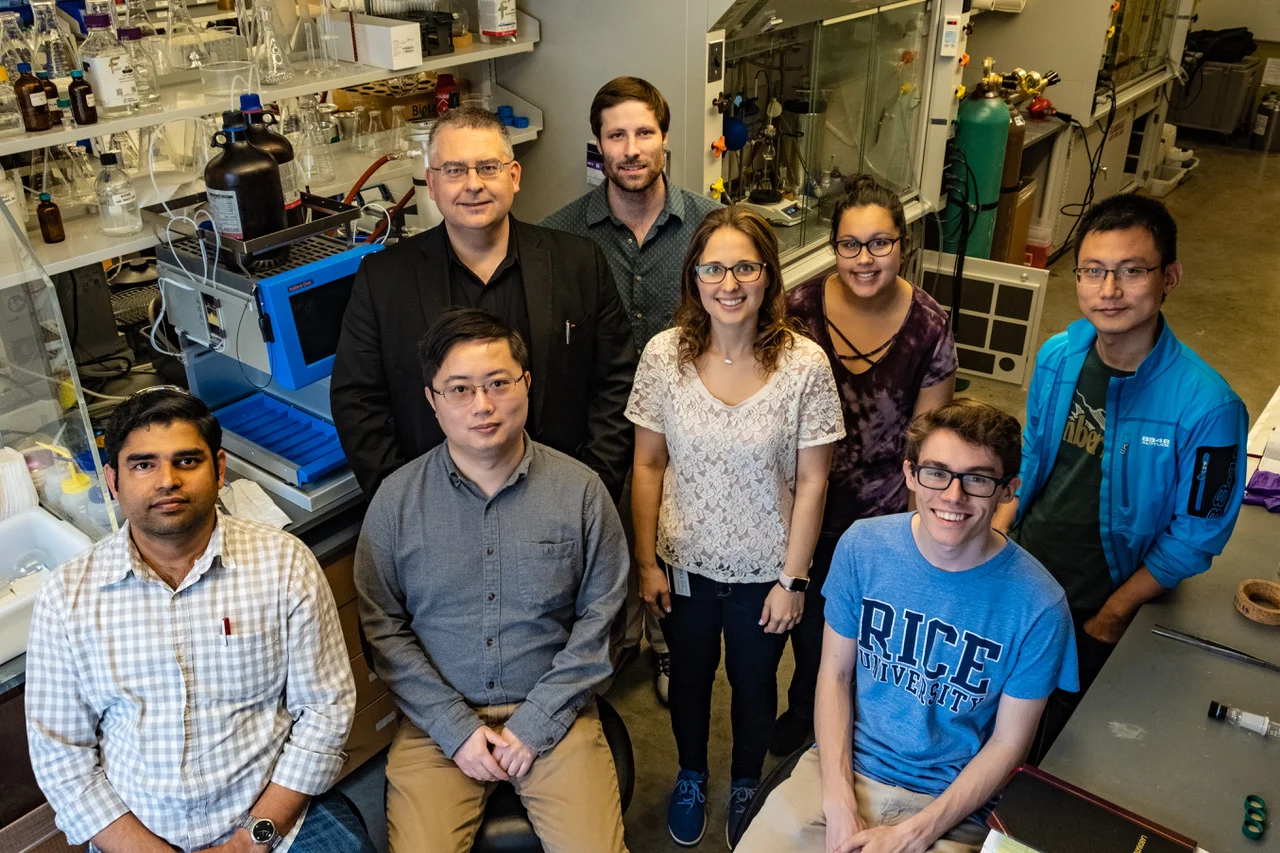Prof. Laszlo Kurti named a 2025 Ross M. Brown Investigator by Caltech's Brown Institute for Basic Sciences
/Brown Investigator Award
The goal of the funded research is to construct stable, neutral polynitrogen cage compounds—a remarkable class of high-energy materials composed entirely of nitrogen atoms. Upon controlled decomposition, these molecules are predicted to release extraordinary amounts of energy while generating only hot nitrogen gas. They require no oxygen for combustion and produce zero carbon emissions.
These caged polynitrogen compounds—such as tetrahedral N₄—are theoretically predicted to be both highly energetic and kinetically stable at ambient conditions. Yet, none have been demonstrated experimentally to date. This project aims to change that.
The funded research builds on my group’s extensive work in nitrogen-based synthetic methods and represents a major leap into uncharted chemical space. It is a synthetic chemist’s approach to one of the most compelling unsolved challenges in modern chemistry and materials science: creating new neutral allotropes of elemental nitrogen that are stable, isolable, and immensely energy-dense.
Polynitrogen cages
If successful, these polynitrogen cages could offer energy densities that exceed those of all known chemical fuels—enabling transformative applications across multiple domains:
(1) Next-generation propulsion systems for aerospace, defense, and underwater vehicles, where controlled energy release without combustion is a distinct advantage.
(2) Clean, compact, and carbon-free energy storage solutions for mobile and off-grid applications.
(3) A new class of molecular materials with unusual bonding, delocalized electronic structures, and potential quantum behavior.
(4) Safe, high-performance energetic materials for precision industrial, aerospace, and national security use.
(5) Empirical validation of long-standing theoretical models in nitrogen bonding and main-group aromaticity.
We will be using a bottom-up synthetic approach guided by real-time spectroscopic monitoring and high-level computational modeling. This experimental approach will allow us to construct, observe, and understand nitrogen frameworks as they form—step by step—rather than relying on brute-force physical methods that have thus far failed to yield stable structures.
The Ross M. Brown Investigator Award provides the support and freedom needed to pursue bold, foundational science. I’m deeply grateful to the Brown Institute for recognizing the potential of this ambitious research direction—support that comes at a time when bold ideas often struggle to find institutional or financial backing.


